|
0 Comments
Chance will have the opportunity to travel to Toledo, Ohio and present his work on the effect of season and site conditions on soil microbial community activities in a high-elevation mixed conifer forest. This work is part of a larger research project being conducted by Dawson Fairbanks (PhD Candidate) and the Critical Zone Observatory. You can learn more about Chance's research interests here. Congratulations Chance!
Pictured above: Emma Jong (Gallery Lab Manager / Research Assistant) prepping samples for microbial biomass extractions made possible by funds provided by GPSC. You can check out more about Emma Jong's research interests here. To find out more about the project funded by GPSC check out Noelle Espinosa's page.
The 2019 Earth week SNRExpo showcased the research of SNRE. The gallery lab showed some of the variety of the soils in Arizona and challenged visitors to create a well-draining soil profile and compete in water-infiltration races. Congratulations to SNRE's own Amy Hudson for first place!
Congratulations to Noelle Espinosa, who received the Marshall Foundation Dissertation Fellowship! You can learn more details about Noelle's research here.
As a 2017 William G. McGinnies Award recipient, Martha presented her Ph.D work at this year's annual McGinnies talk. Her work involves linking imaging spectroscopy to microbial biogeochemistry and takes place in the Santa Rita Experimental Range (SRER). You can find more information about the McGinnies award and Martha's work here
Please join us in congratulating Dawson Fairbanks on completing her qualifying exams!
Martha Gebhardt, McGinnies Scholarship recipient, will be presenting her work November 16th10/23/2018 Please join us as the 2017 William G. McGinnies scholarship recipient, Martha Gebhardt, will present her dissertation work November 16th. The talk is titled, "Shrub encroachment alters ecosystem processes: linking imaging spectroscopy and microbial biogeochemistry." You can find more information about her presentation here.
Martha Gebhardt was awarded a $40,000 grant from Freeport McMoRan's Community Investment Fund to coordinate 4 teacher-training events at the Santa Rita Experimental Range (SRER) in the spring with kindergarten- high school teachers from Green Valley and Sahuarita communities. The teachers will spend time at SRER learning hands-on, inquiry based, STEM lessons they will then implement into their classrooms
Martha Gebhardt and Chance Muscarella presented their research at the 15th annual Research Insights in Semiarid Ecosystems (RISE) symposium. Martha presented 2 posters, the first titled, "STEM at SRER" and the second titled, "The use of plant hyperspectral signatures to look below ground at the Santa Rita Experimental Range." Chance presented his poster titled, "Seasonal responses of soil microbial communities in the Jemez River Basin," highlighting the research he and Ph.D student Dawson Fairbanks have done as part of the Catalina-Jemez Critical Zone Observatory. He displayed some of the results they have obtained that quantify the effects of seasonal variation and site factors on microbial enzyme activity rates and biogeochemical cycling of nutrients.
Dear Colleagues,
We invite you to submit your abstract to: B083: The Role of Microbes in Terrestrial Biogeochemical Cycles: Linking Responses to Ecosystem Processes and Environmental Change Early deadline July 25th / final deadline August 1st. Microbes play critical roles regulating terrestrial biogeochemical cycles. Linking processes controlling nutrient transformation and storage with disturbance responses and feedbacks to climate change is a global research priority. Studies that integrate biogeochemical approaches focused on nutrient pools and fluxes with microbial ecology approaches examining community physiology, traits, and structure reveal the complexity of interactions influencing ecosystem responses. How do individual microbial traits influence community stability and response to disturbances? How does microbial community structure change across gradients and influence vegetation dynamics? How can we use this information to predict large-scale fluctuations in soil carbon and nutrient storage? Although advances in molecular and genetic tools are improving our understanding of how microbial processes influence ecosystems, questions surrounding the level of detail appropriate to best predict environmental response to change remain. We invite cross-disciplinary studies that investigate microbial-driven responses along environmental gradients, to disturbance, and/or in the context of climate change. Convenors: Dawson Fairbanks Martha Gebhardt Noelle Espinosa Rachel Gallery Congratulations to Chance Muscarella and Clarisa Avalos who presented their research at this year's SWESx poster session.
Congratulations to Sudan Kariuki who will officially be joining Jed Sparks' lab in the Ecology and Evolutionary Biology department at Cornell University in Fall 2018!! Her background in the Gallery lab will serve her well as she seeks to continue studying plant-soil ecological feedbacks in human dominated ecosystems.
I began working at the Southwest Climate Science Center at the University of Arizona as a Communications Graduate Assistant. My primary responsibilities include managing the Climate Science Center's social media accounts and drafting updates for the website. I am excited to continue learning about how science communication is applied in governmental agencies.
http://www.swcsc.arizona.edu/news/2017/11/sw-csc-welcomes-communications-team. The 2017 annual RISE symposium brought together land managers, rangeland ecologists, technicians, and students.
Giving a talk on my interdisciplinary research and exploring nature in Atlanta, Georgia was a rewarding experience.
After extensive planning, Sudan and Emma collected field data at campsites at the Santa Rita Experimental Range.
After working tirelessly to draft the experimental design for her thesis, Sudan presented a poster on proposed research at the Soil Ecology Society meeting. This was a fantastic opportunity to network with soil scientists, policy makers, industry professionals, and non profit representatives about the importance of soil health.
Here, she communicated her research findings to the public as part of the University of Arizona Carson Scholars Science Communication program.
Noelle had the opportunity to present the preliminary findings of her warming experiment at the International Symposium on Microbial Ecology in August 2016.
Ever thought about how deep life extends into the Earth's crust? That is one of the questions our CZO is exploring after the successful completion of a deep drilling expedition in northern New Mexico (picture at bottom). We are just beginning to discover how deep the surface single extends into the critical zone, the life-giving region on terrestrial earth that ranges from the bottom of aquifers to the tops of trees. These subsurface regions are extremely oligotrophic, meaning they are limited in nutrient and energy inputs. However, microbial life does exist here, and we are using special protocols to extract DNA from rock cores collected from these sensitive deep subsurface samples. Dawson returned a month ago from a successful training visit as part of the CZO SAVI International Scholars award to visit Kirsten Küsel's geomicrobiology group in Jena Germany. There she learned about how to process and extract DNA from core samples using protocols developed in their lab, allowing better cross-comparisons between sites. The goal was to limit contamination of samples and to successfully obtain DNA from these extremely low DNA environments. Dawson also gave a talk discussing some of the exciting wildfire research our CZO has been doing, further fostering international exchange of research ideas. She also visited the Max Planck Institute for Biogeochemistry learning about some of the exciting research being conducted there exploring deep subsurface carbon cycling using stable isotopes. She also participated in a 4 day field expedition learning techniques to sample water from deep aquifers. A huge thank you to the host institute and looking forward to future interactions, exchange, and research collaborations. 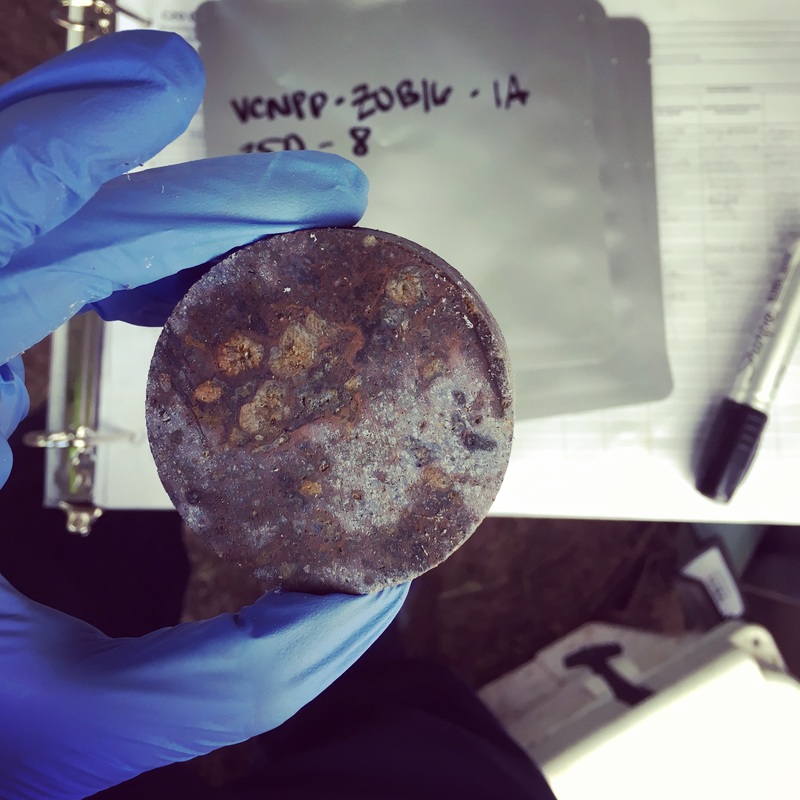 Core sample collected from 100 ft below Earth's surface. Check out the weathering redox depletion zones! Microbes live in these fractured porous zones of the rock material. This regolith portion of the CZ is an important part of aquifer recharge. Spotted color patterns shown are a product of weathering and biological processes. June 2016 The School of Earth and Environmental Science's Earth Week Research Symposium was last week March 31st & April 1st and was full of Research from the Gallery Lab!
Maggie Murphy (masters student) presented her work with the Critical Zone Observatory entitled: "Dynamics of Soil Microbial Community Nitrogen Cycling in a Post-Wildfire Catchment." Cait Boyer (undergraduate research assistant) presented her work with the Critical Zone Observatory entitled: "Landscape position controls on microbial and soil properties in a high-elevation sub-alpine catchment." Noelle Espinosa (PhD student) presented her work entitled: "Response of soil enzymes to a temperature manipulation experiment in a semiarid ecosystem." Her poster won first place for the graduate School of Natural Resources symposium. Jennifer Hansen (undergraduate research assistant) presented her work entitled: "Examining pH and soil carbon in forest soil affected by fire." Her poster won second place for the undergraduate School of Natural Resources symposium. Dawson Fairbanks (PhD student, not pictured) gave a talk on her work with the Critical Zone Observatory entitled: "Microbial Biogeochemistry in the Jemez River Basin Critical Zone Observatory." Congratulations to all the great work and well-received research presentations! Alex U. Receives 2nd Place Award at the Southern Arizona Science and Engineering Fair (SARSEF) 2016!3/22/2016 Congratulations to Jenn Hanson, who placed 17th, and the UA team who placed 3rd overall in the 2016 Undergraduate Range Management Exam in Corpus Christi, TX!
Explore the invisible lives that rule our world, and how, like those creatures, we all follow our own meandering path towards purpose in life in this video created by graduate students Becca Brunner (UC Berkeley), Liz Kimbrough (Tulane), and Ben Abts during the 2016 OTS Graduate Course "Field Ecology: Skills for Science and Beyond."
Force Unseen from OTS grad course on Vimeo. |
AuthorThe Gallery Lab Archives
February 2024
Categories |
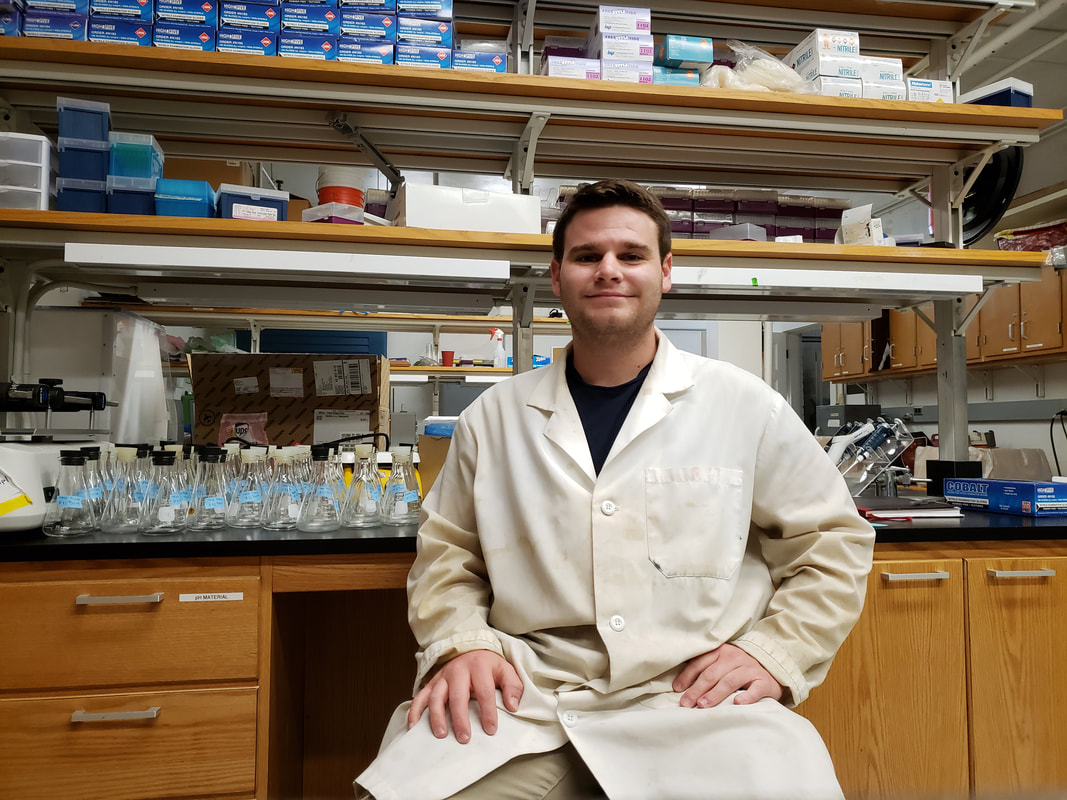
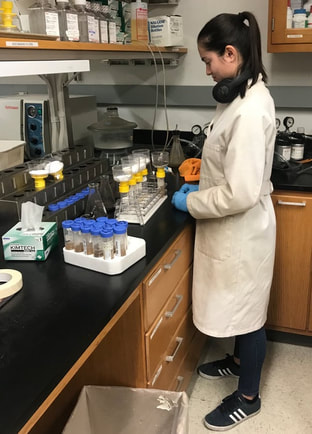
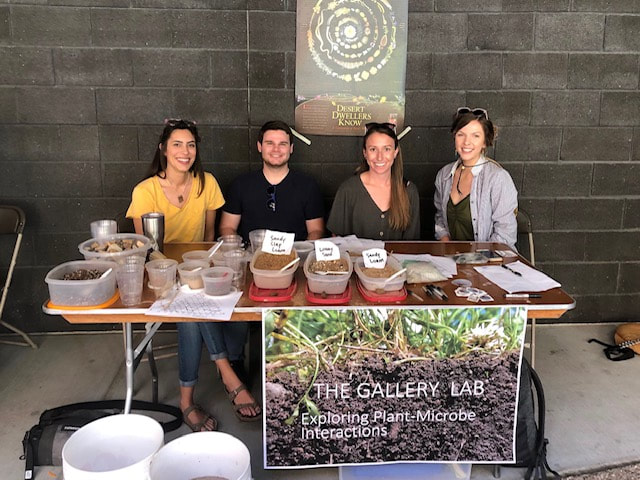
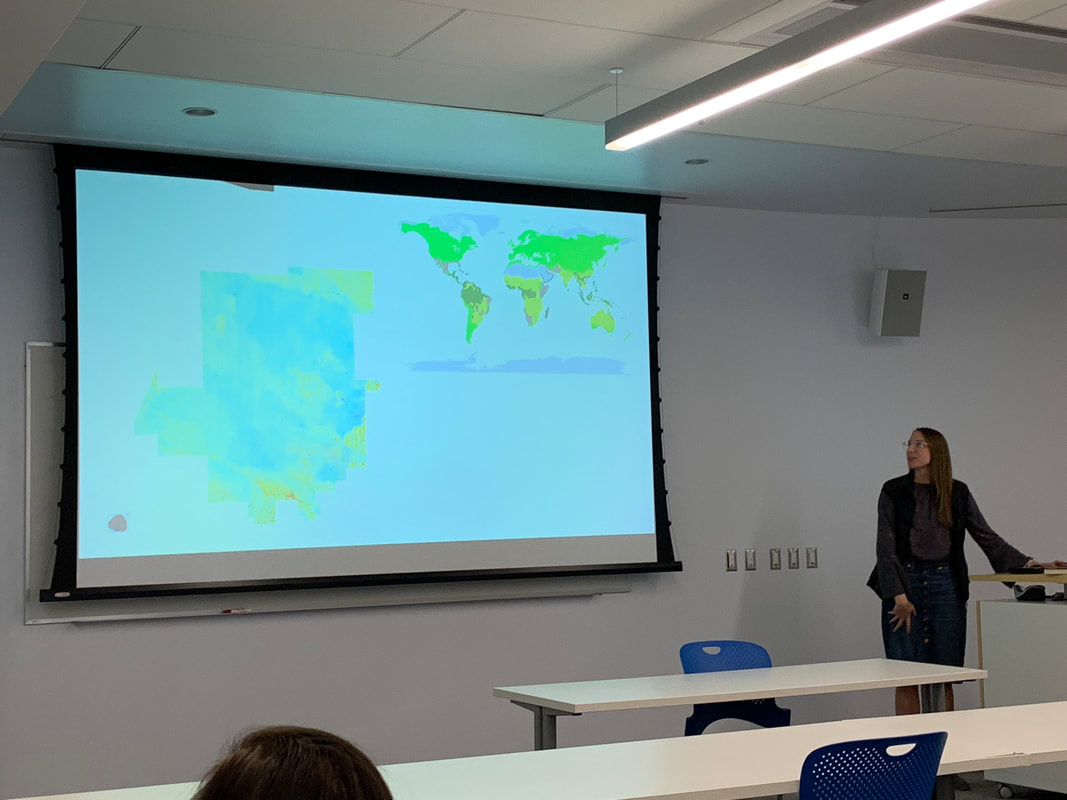
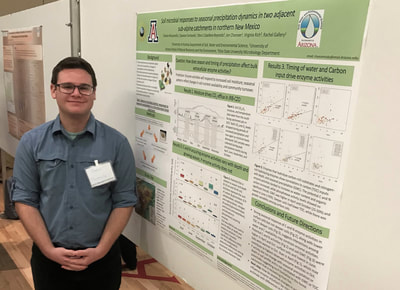
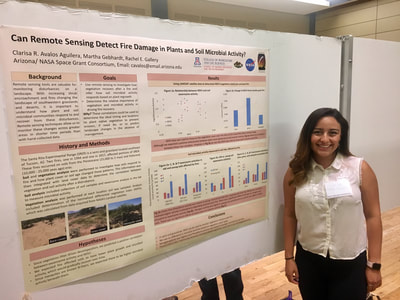
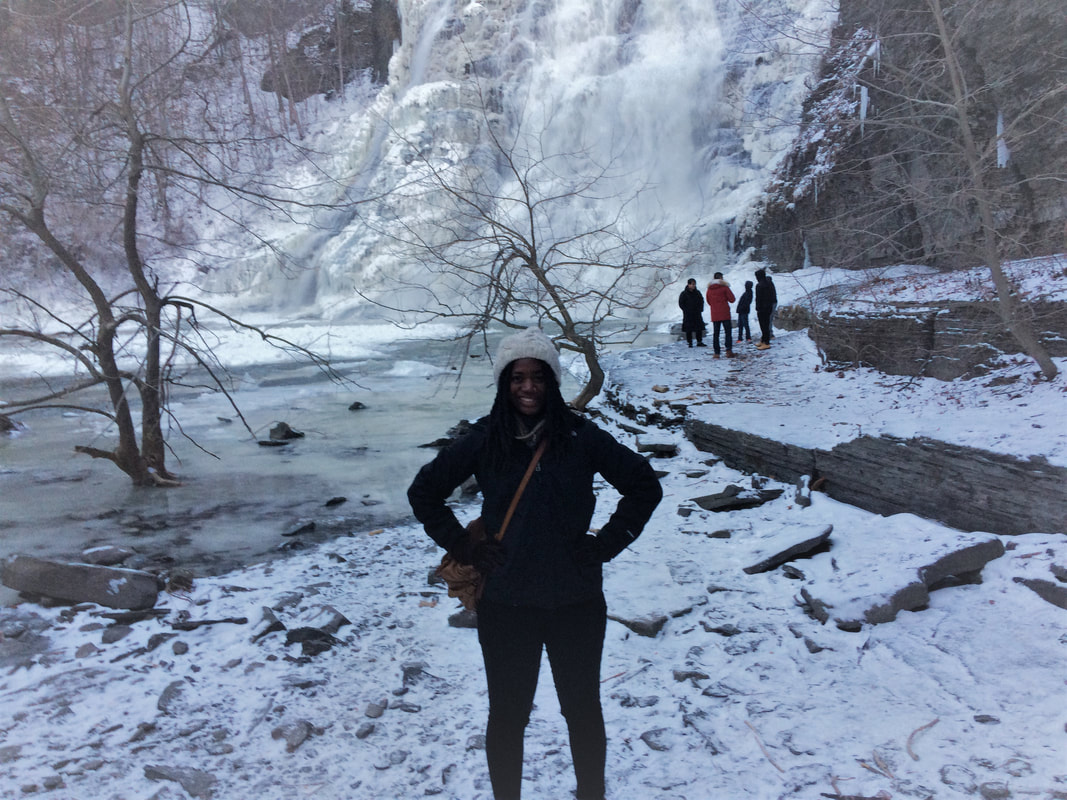
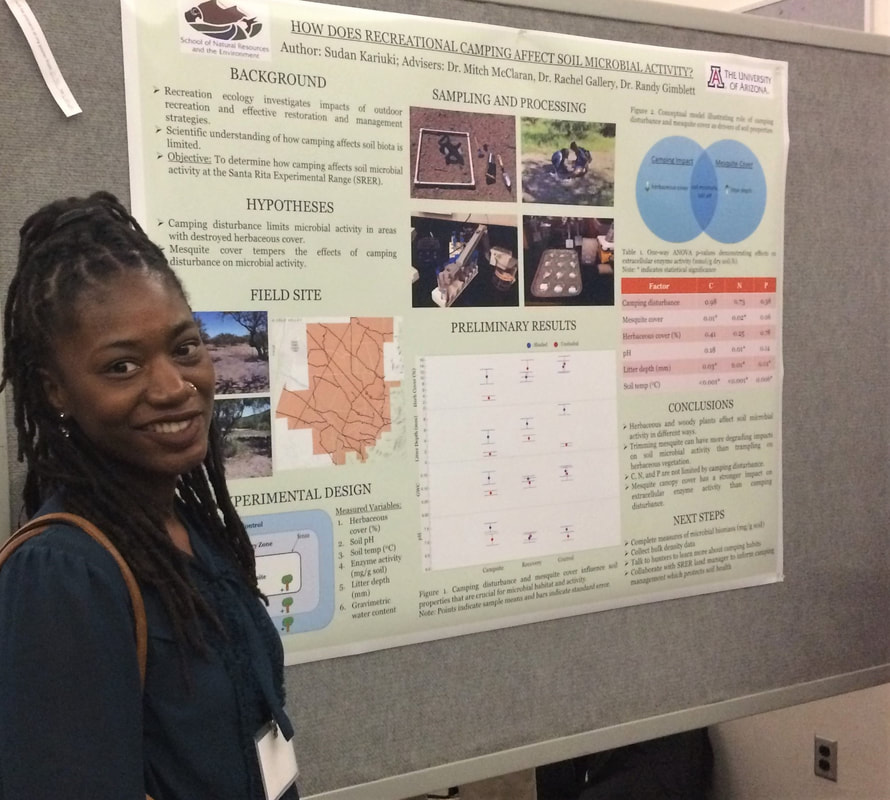
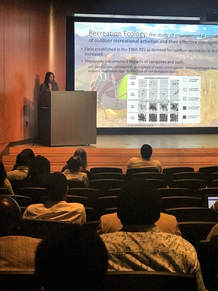
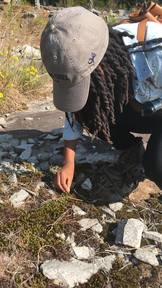
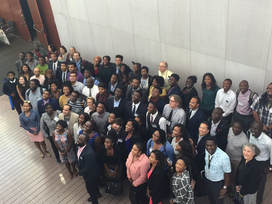
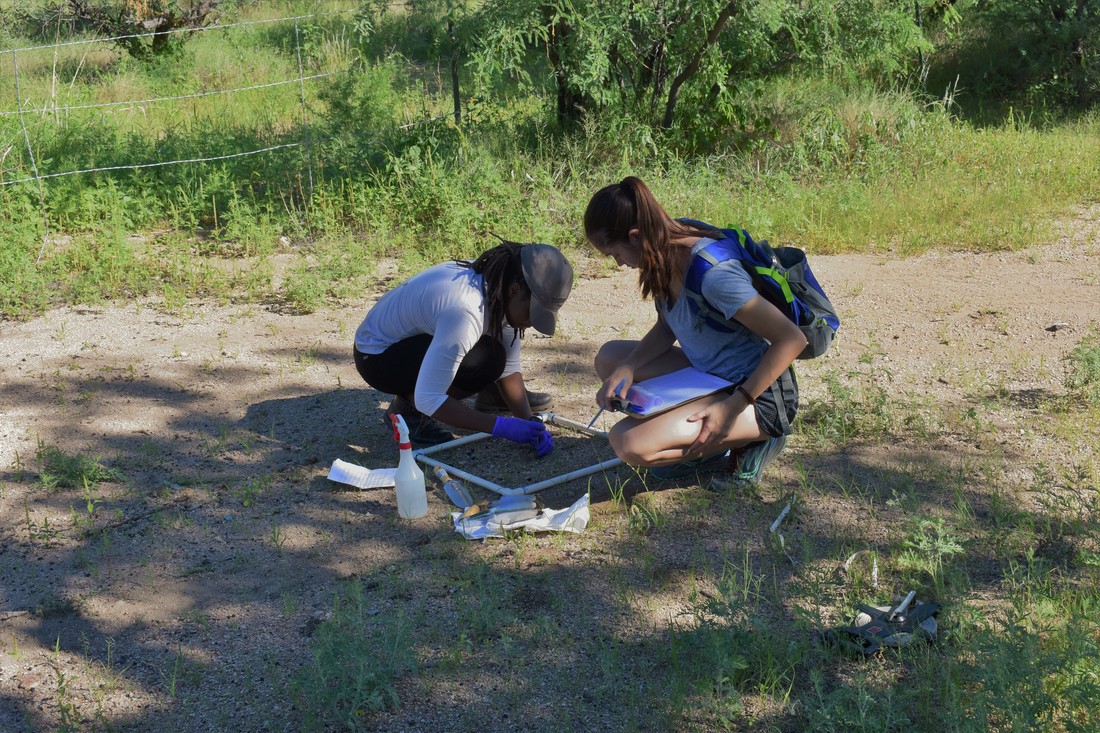
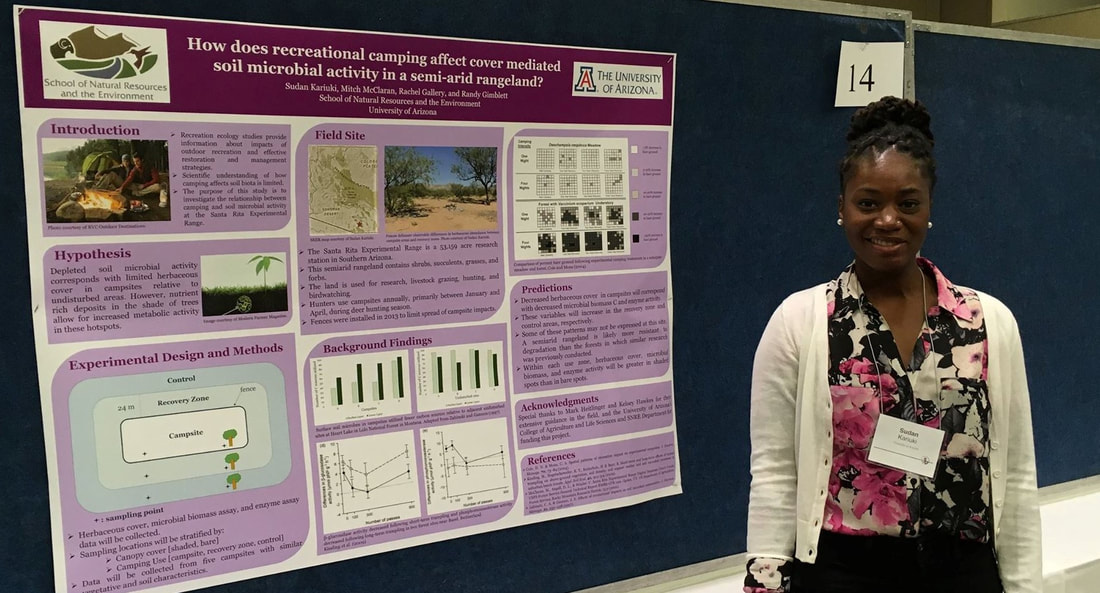
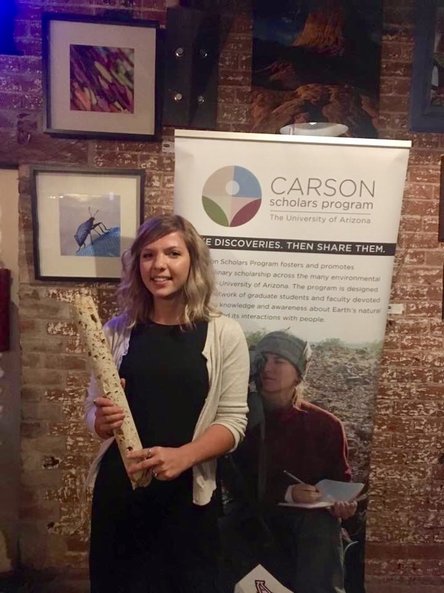
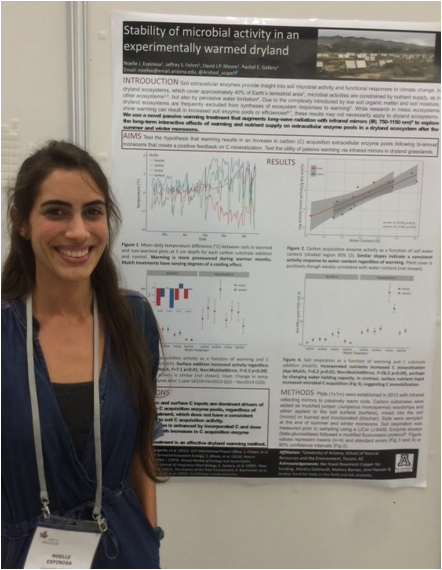
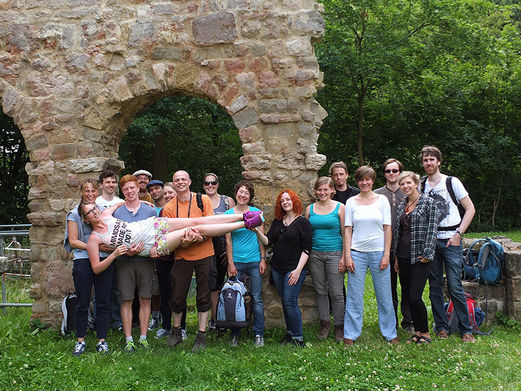
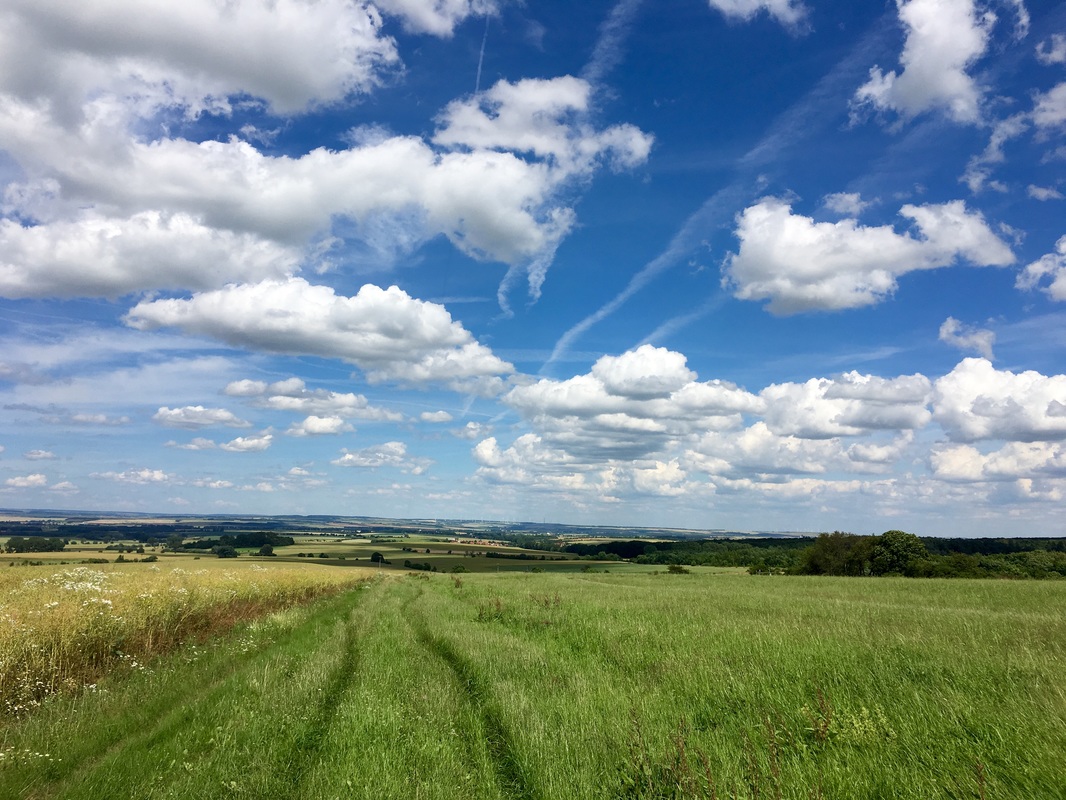
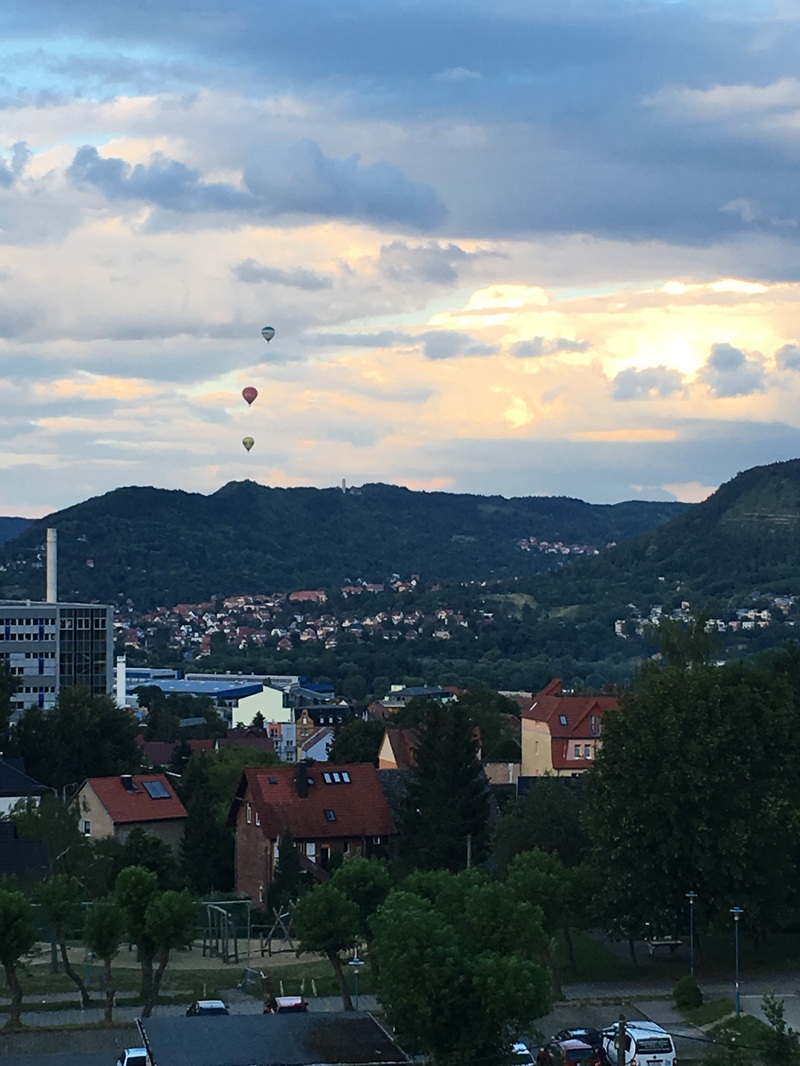
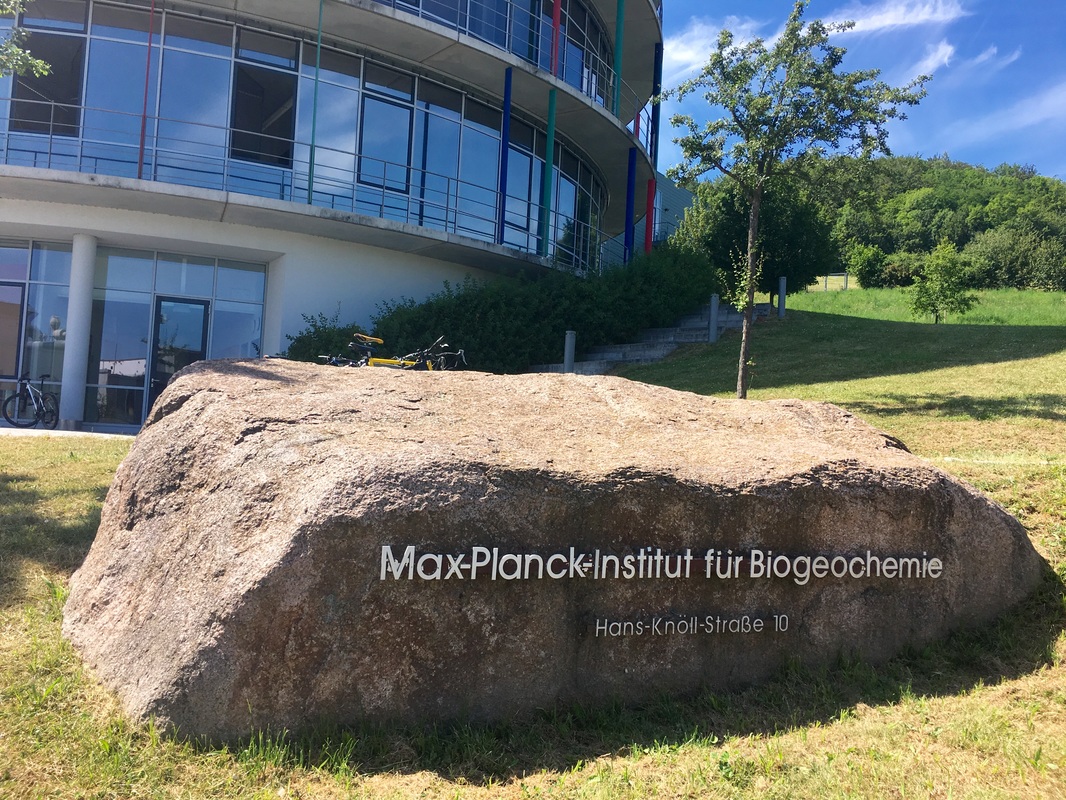
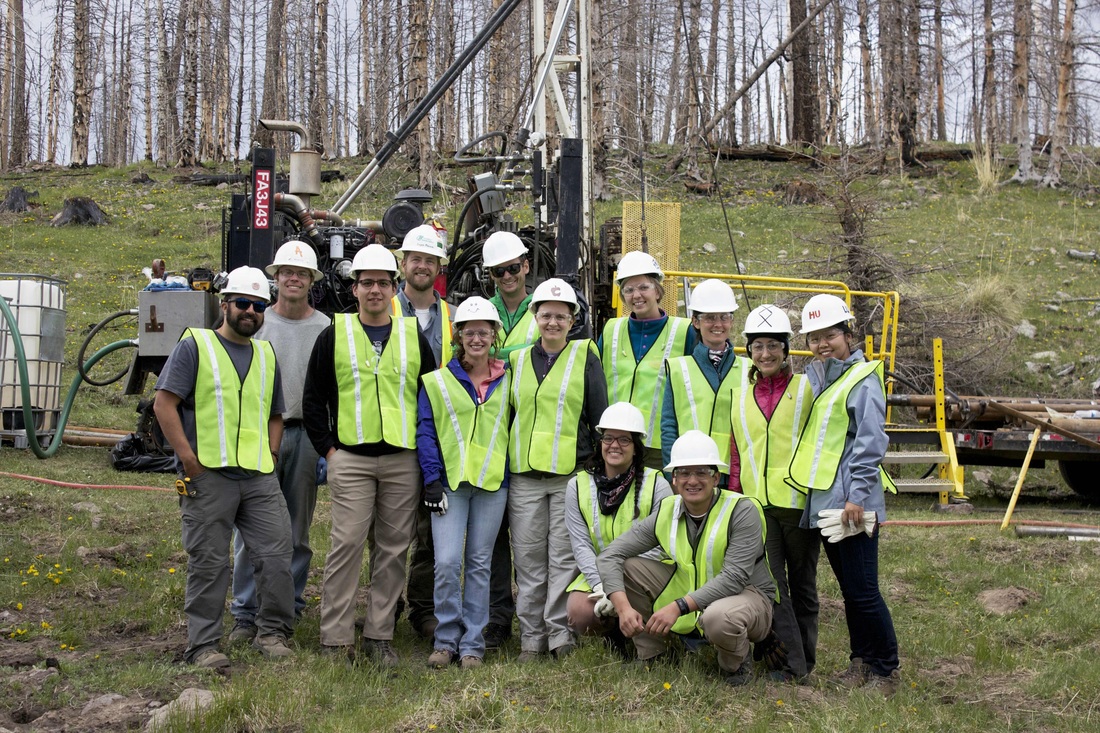
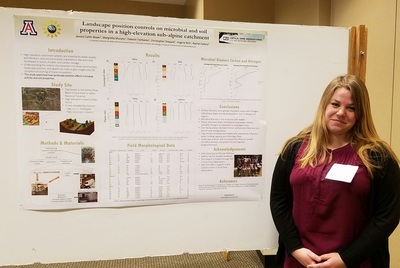
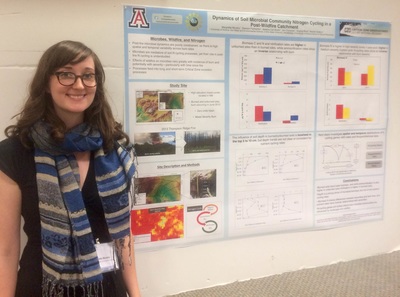
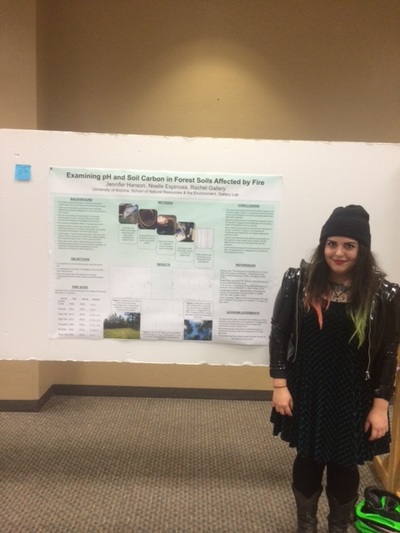
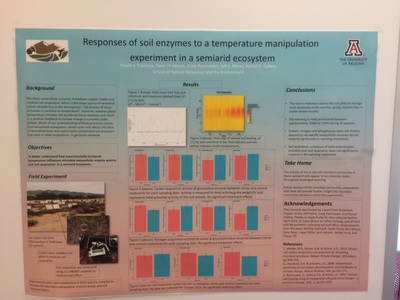
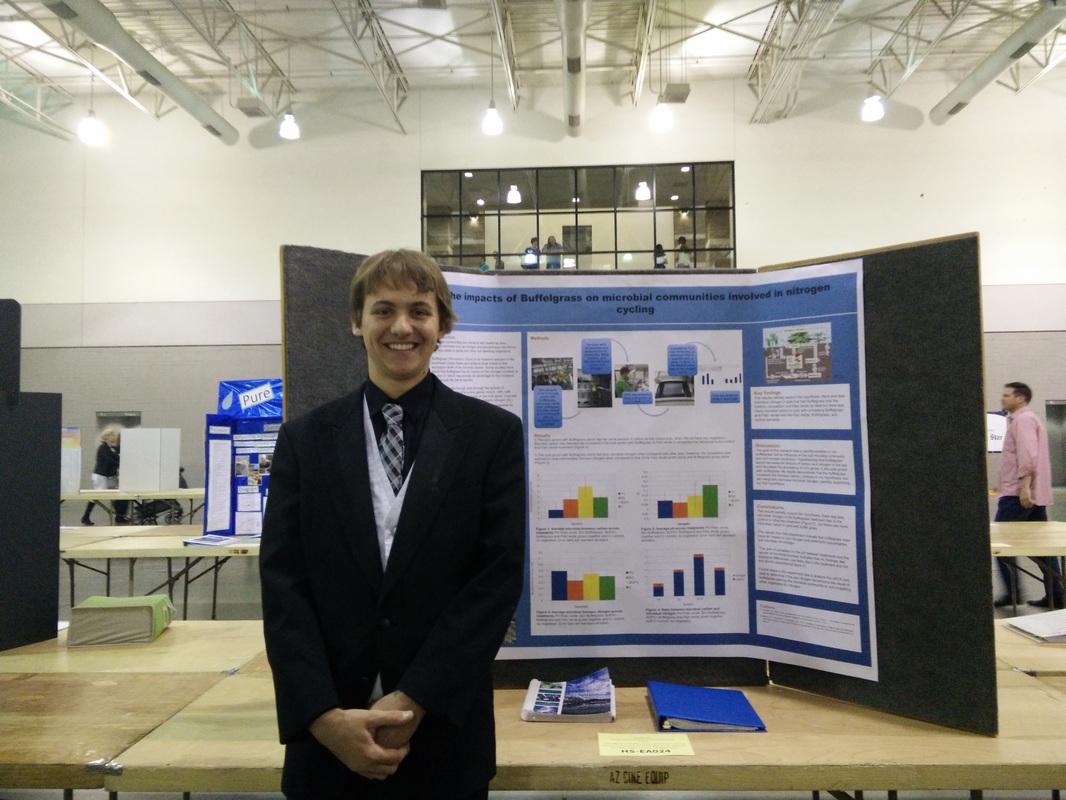
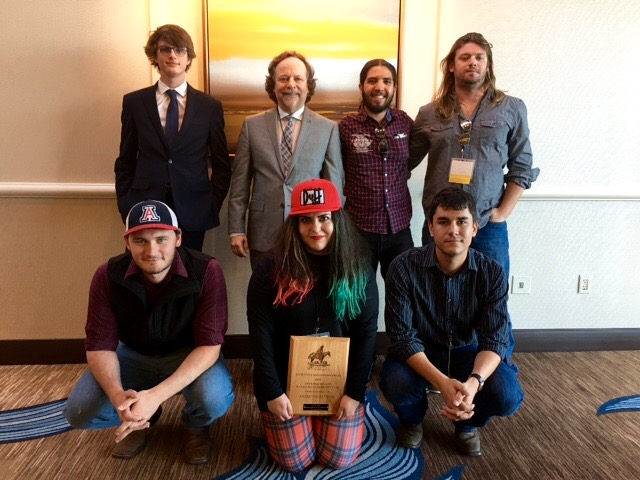
 RSS Feed
RSS Feed